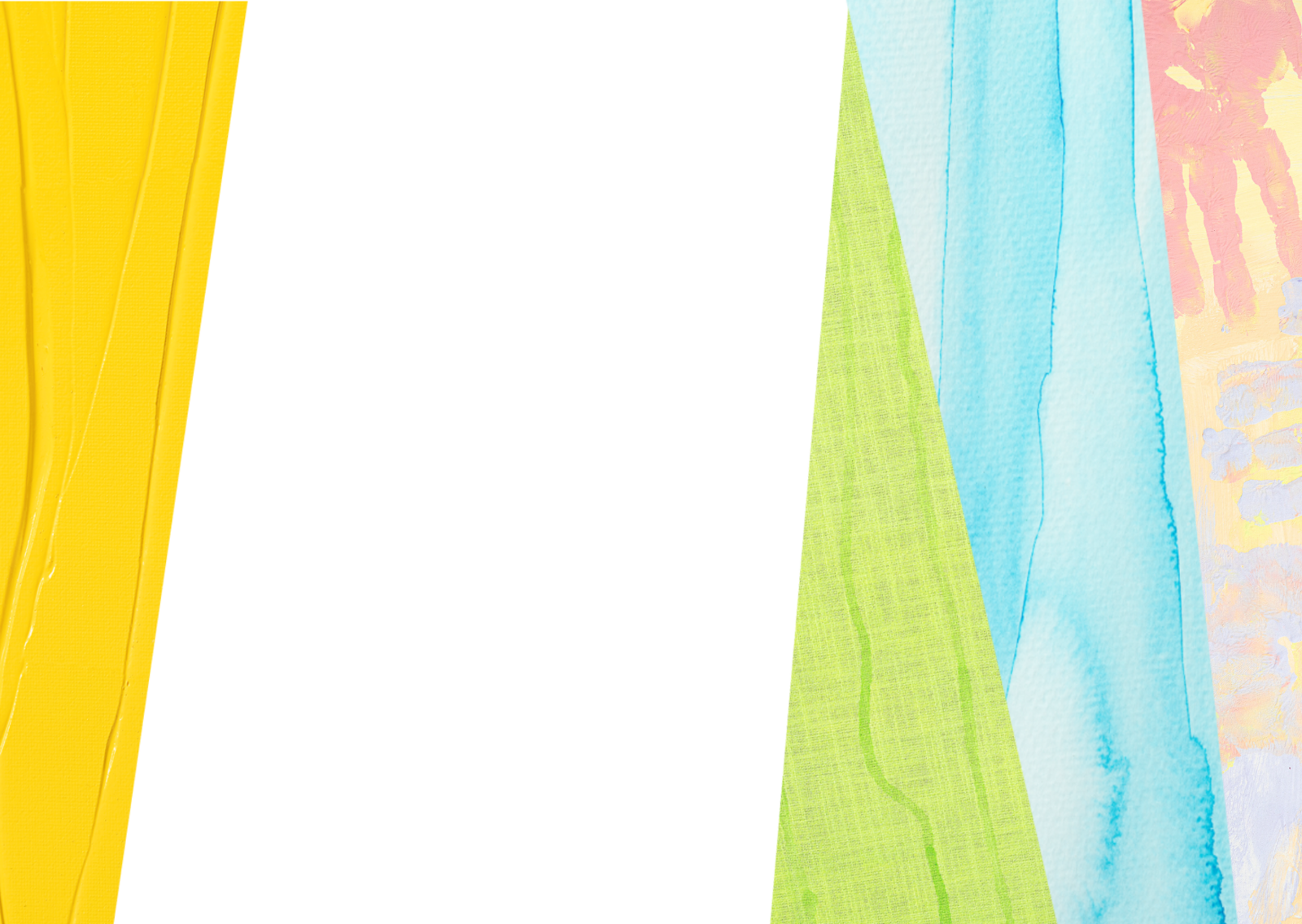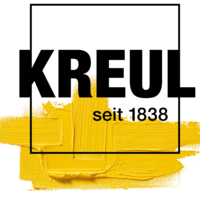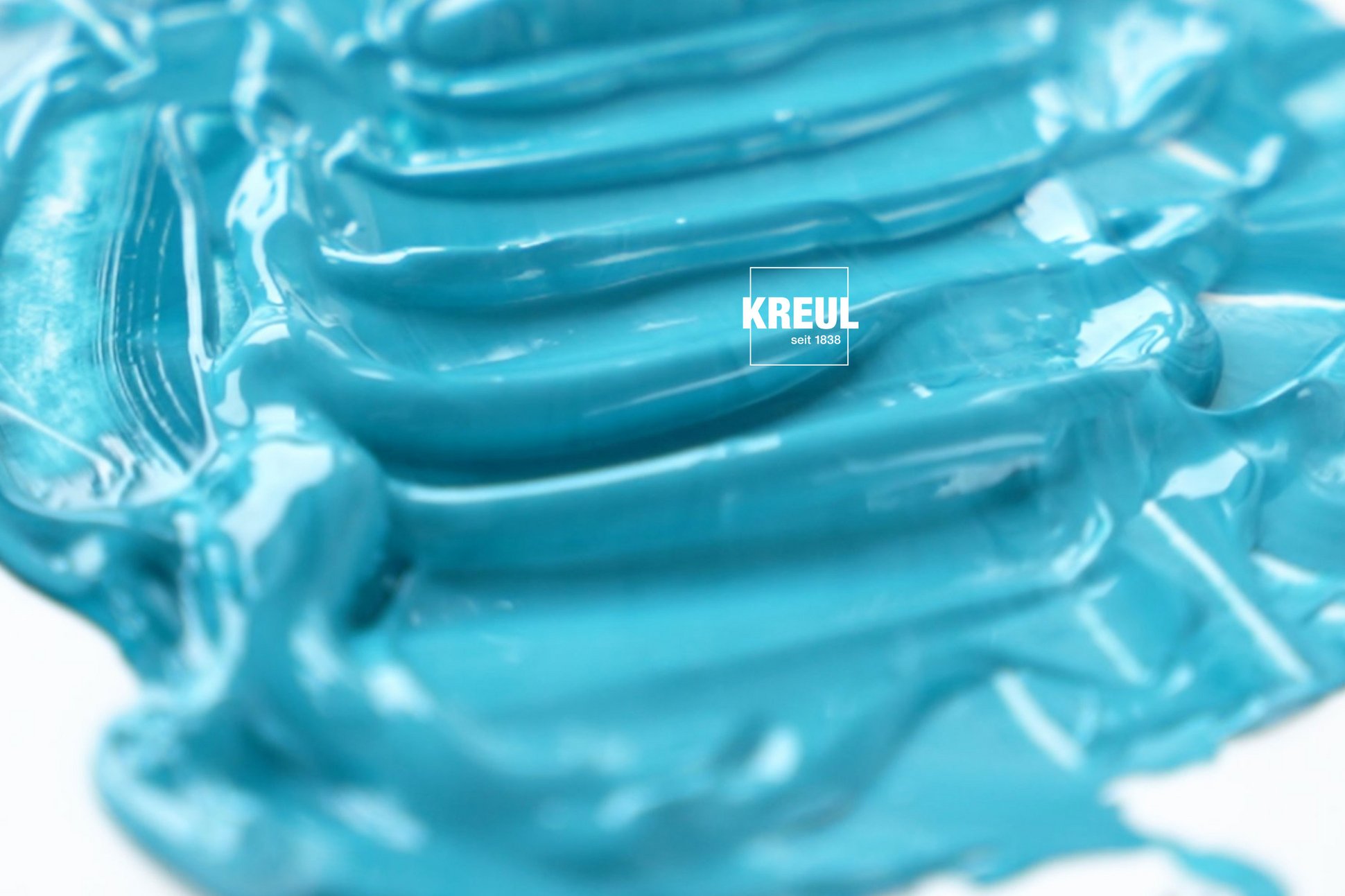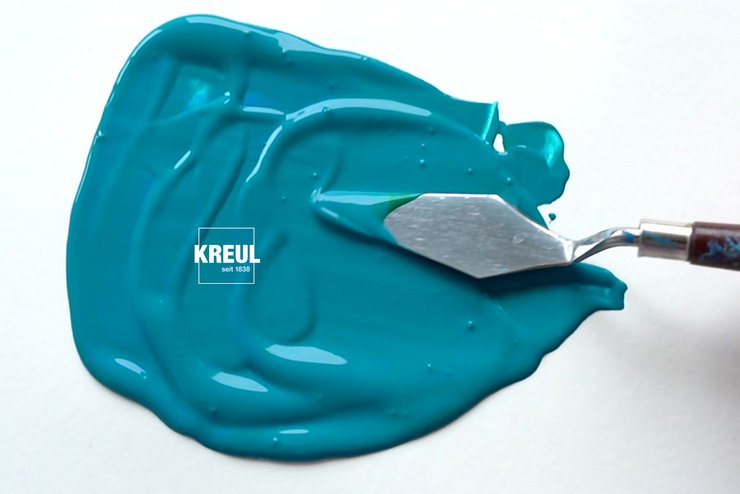
Colour of the month: Petrol
06/27/2023 |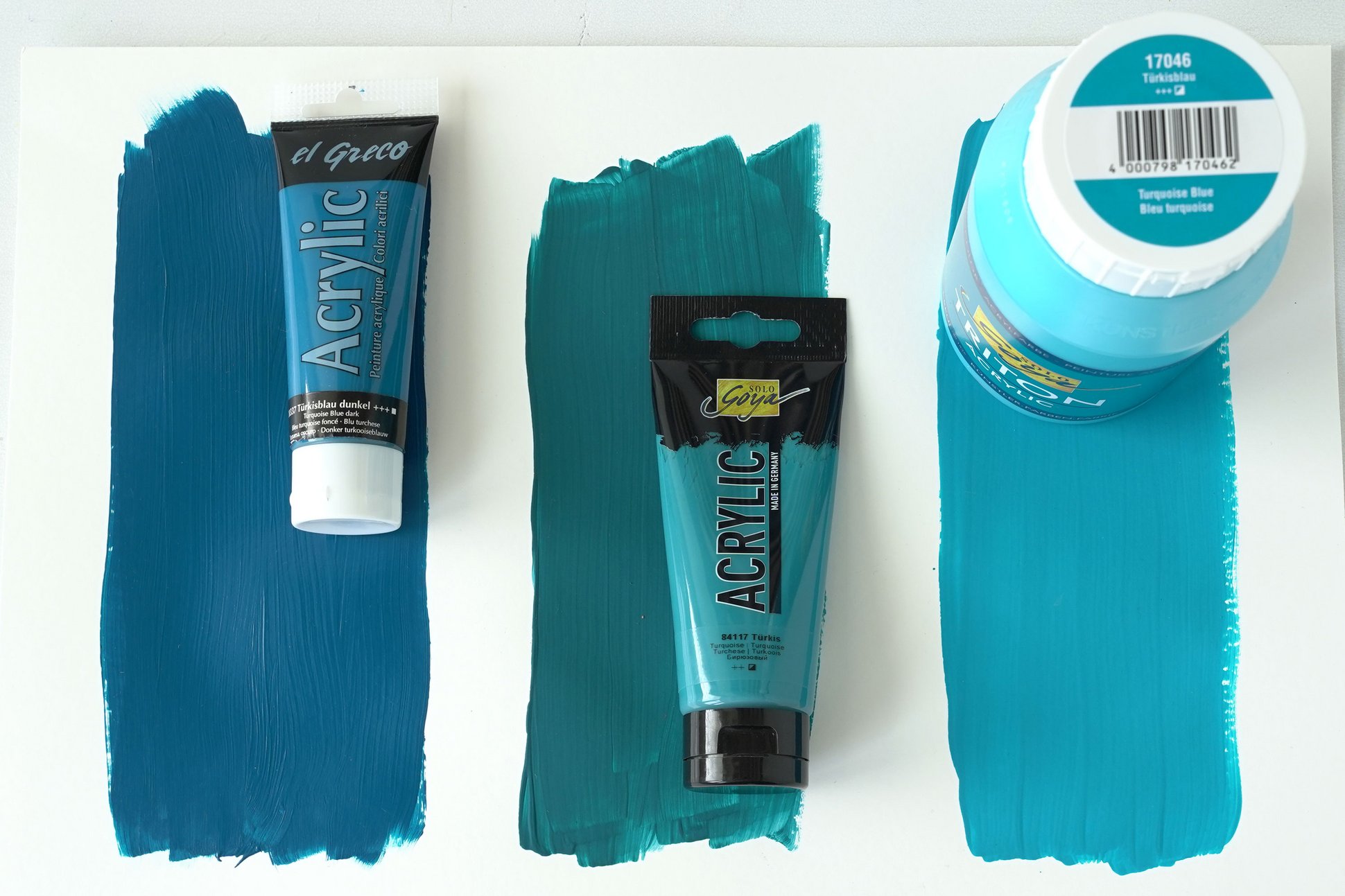
Where does the name Petrol come from?
It would seem obvious for the name Petrol to have been derived from petroleum. But the colour has nothing in common with the product extracted from crude oil. The name was probably coined in the fashion industry. Other names for petrol are blue-green, sea green or turquoise. The latter is very common in art. And we, too, use "turquoise" as our name for this colour. At KREUL, the following turquoise shades are available in our assortment of artists‘ acrylic paints: SOLO GOYA Triton Acrylic Turquoise Blue, SOLO GOYA Acrylic Turquoise and KREUL el Greco Acrylic Turquoise Blue Dark.
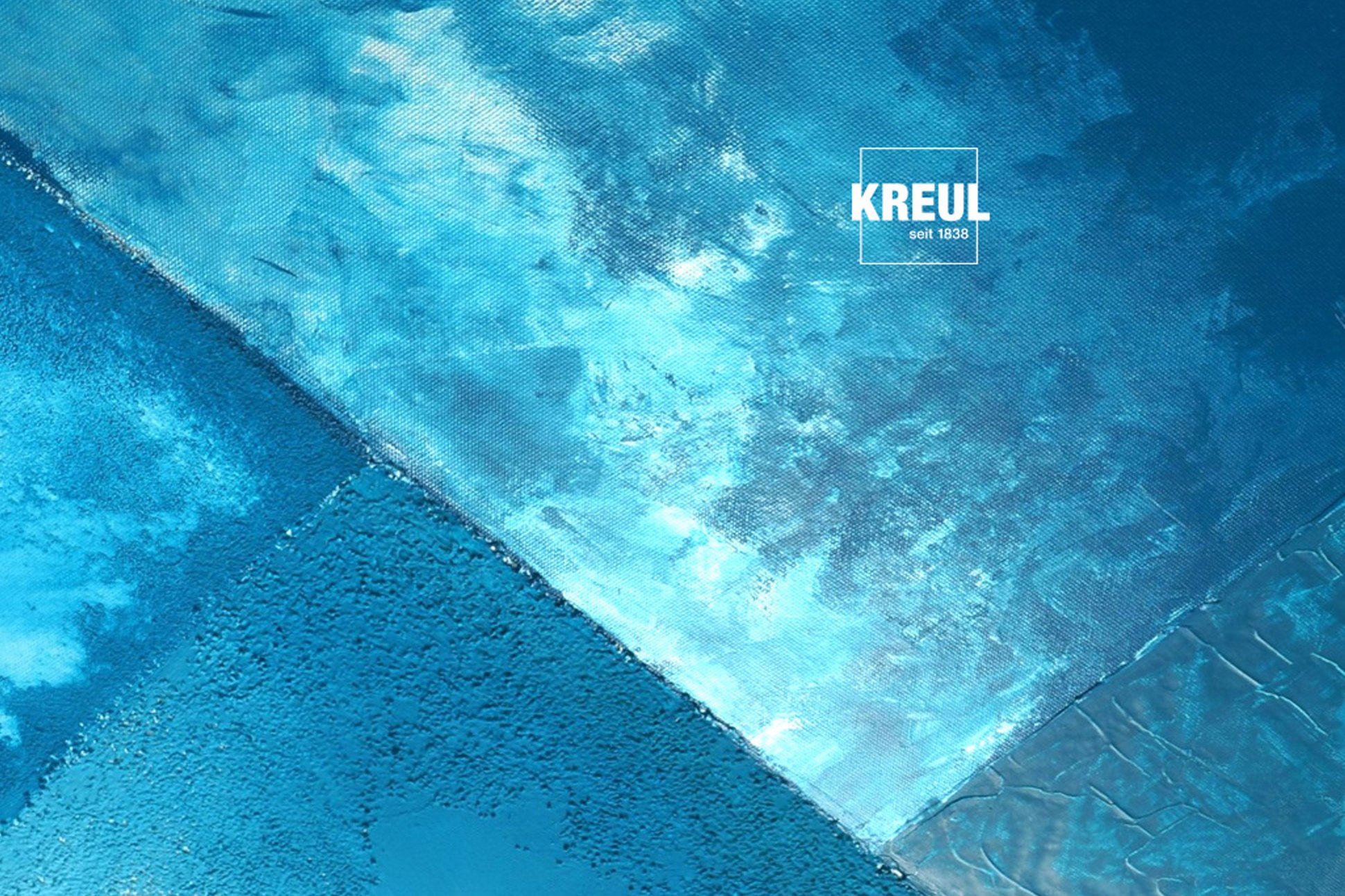
Eyecatching on products and in design
One English name for Petrol blue is teal, after the species of duck that sports a striking green stripe on its head. Teal is also the standard name for the web colour created by toning down the brightness of cyan. The shade is one of the first 16 colours that were used to design websites. Just think about the background of Windows 95 or the first iMac. But the fashionable shade of Petrol blue was also a popular choice in interior design much earlier, back in 1950s and 1960s. The Italian designer Gio Ponti used Petrol blue as a look-at-me colour for walls and furniture.
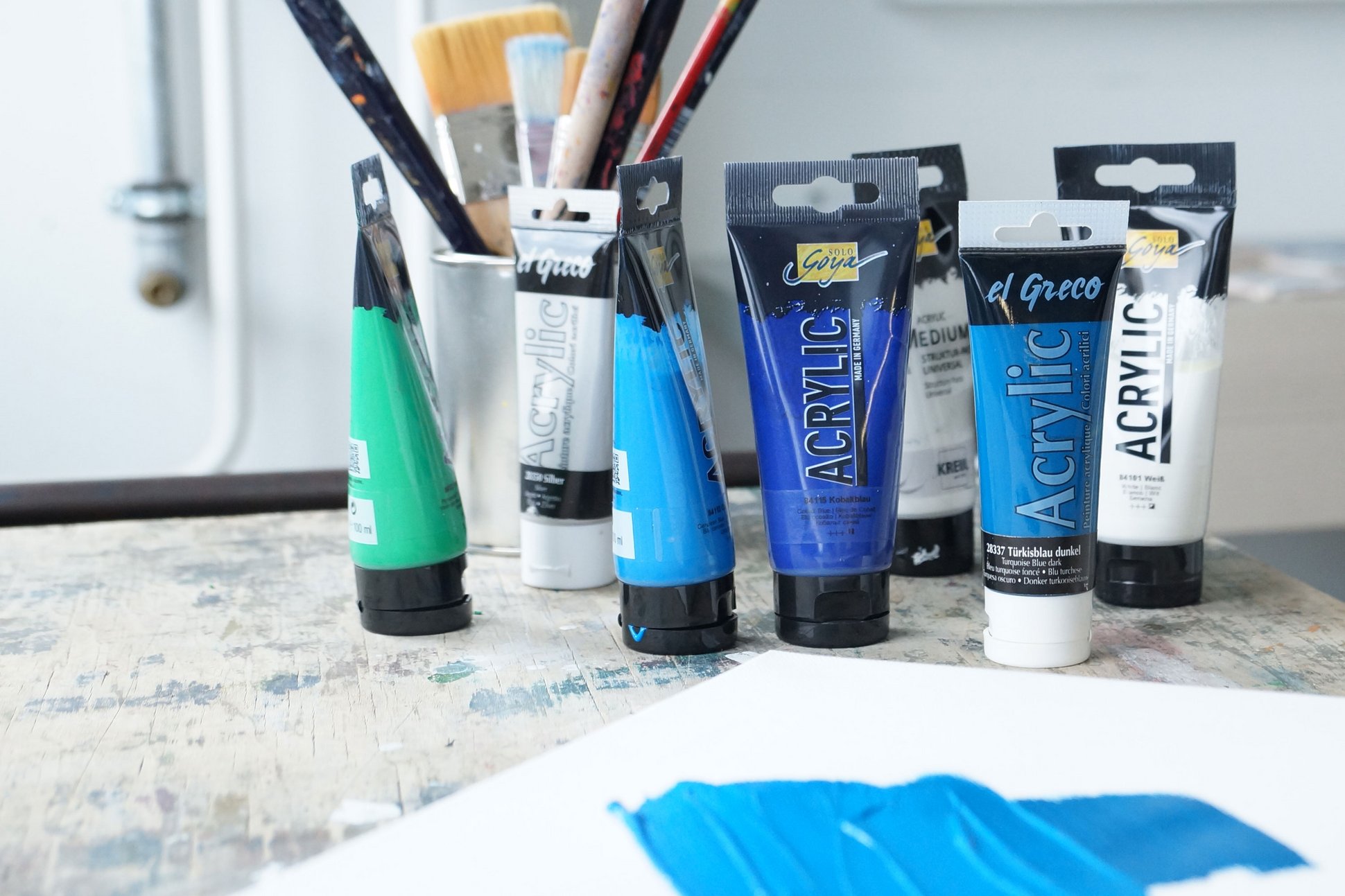
Lots of cool blue with a dash of green
Petrol is a colour wavering between blue and green. There are lots of variations and shades. Sometimes more blue, sometimes more green. The classic Petrol colour is, however, closer to blue than to green. It can be mixed from cool blues and greens. These lend the colour its dark depth and intensity, while warmer shades would "grey" the mix. Perfect blues for mixing Petrol are cerulean, primary blue or cobalt blue. If you add some dark green or permanent green, then you get the dark blue-green shade that is Petrol blue. If you lighten the mix with white, then you move towards Caribbean turquoise shades that nevertheless aren't too loud and gaudy.
